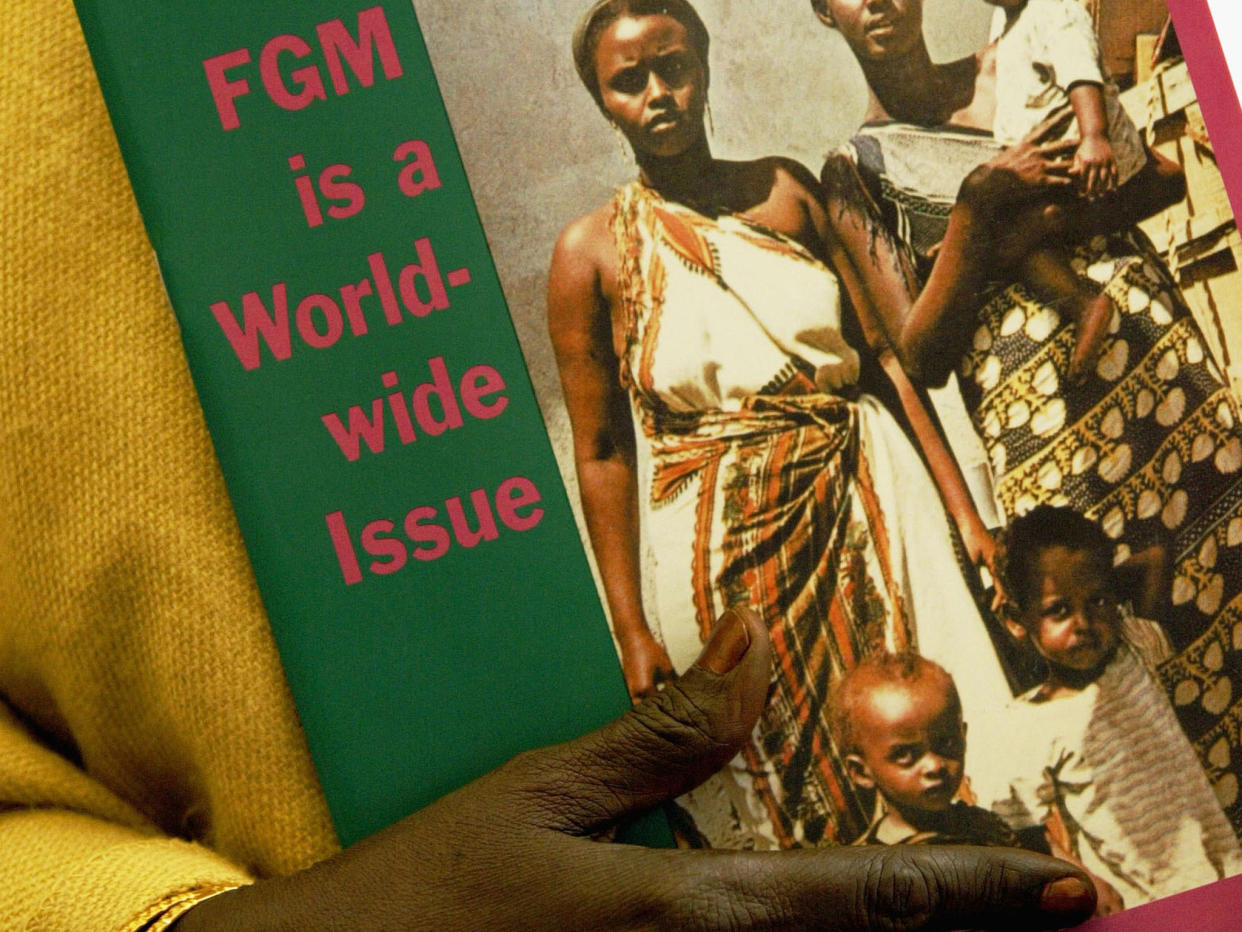New York Times refuses to use term 'female genital mutilation' for being 'culturally loaded'

Several conservative news outlets have criticised the New York Times for their use of the term “genital cutting” rather than “female genital mutilation” (FGM), after the newspaper said it would stop .using the latter term because it is "culturally loaded".
FGM is defined by UNICEF as “all procedures involving partial or total removal of the female external genitalia or other injury to the female genital organs for non-medical reasons.”
Fox News, The Blaze, Daily Caller, and several other right-wing news sites have jumped on the story of New York Times Health and Science editor Celia Dugger answering a letter from a reader asking why the newspaper used the term.
Ms Dugger wrote that she stopped using the term “female genital mutilation” in the newspaper’s stories because it is “culturally loaded.”
“There’s a gulf between the Western (and some African) advocates who campaign against the practice and the people who follow the rite, and I felt the [term “mutilation”] widened that chasm,” she wrote.
Shelby Quast, Director of Equality Now's Americas Office, told The Independent that she does not see a problem with the New York Times’ editorial decision.
“What is happening is much more important than what we call it,” Ms Quast said.
Adwoa Kwateng-Kluvitse who is Head of Global Advocacy and Partnerships at the London-based anti-FGM nonprofit FORWARD, said that activists often use “cutting” instead of “mutilation” because when they go into communities where it takes place, especially in certain African nations, the term actually translates to “cutting” in local languages.
Accusing a person of “mutilation” versus asking them about “cutting” may make a difference in many communities.
She said it is “very clear that the focus of interventions should be on affected communities to move them to a position where they recognise these facts and change the social norms” that contribute to continuing the harmful practice on women and girls.
Many of these outlets refer to the editor’s decision to use “genital cutting” in its place as taking away from the severity of the crime.
Julia Lalla-Maharajh, CEO and Founder of the Orchid Project, said that the use of the term “cutting” has contributed, in part, to over 8,000 separate communities making the decision “to stop cutting their daughters.“
Many news outlets also cite the UN Population Fund’s use of the term “mutilation,” but that is misleading.
Ms Lalla-Maharajh explained that Unicef is actually the leading UN body on the effort to end the practise and they use both terms in order to be more encompassing of how victims perceive the issue.
Some victims refer to themselves as being mutilated and others say there were “cut,” while many young victims may not have a word for it all.
Even the US government uses Unicef’s terminology in legal language.
Ms Quast explained this is not just a problem in African and South Asian communities as many think, but also American, “white Christian” ones as well.
In the US however, FGM is considered child abuse so “the terminology doesn't make the conversation any easier,” Ms Quast said.
She said what is key is raising awareness that this is a form of gender-based violence.
Ms Quast told the story of how her group and others worked with the American College of Obstetricians and Gynecologists to say that labioplasty, the medical term for FGM, for those under 18 is actually a crime in the US.
The conservative news outlets’ pieces on the matter did not interview any anti-FGM activists for their pieces.

 Yahoo News
Yahoo News 
